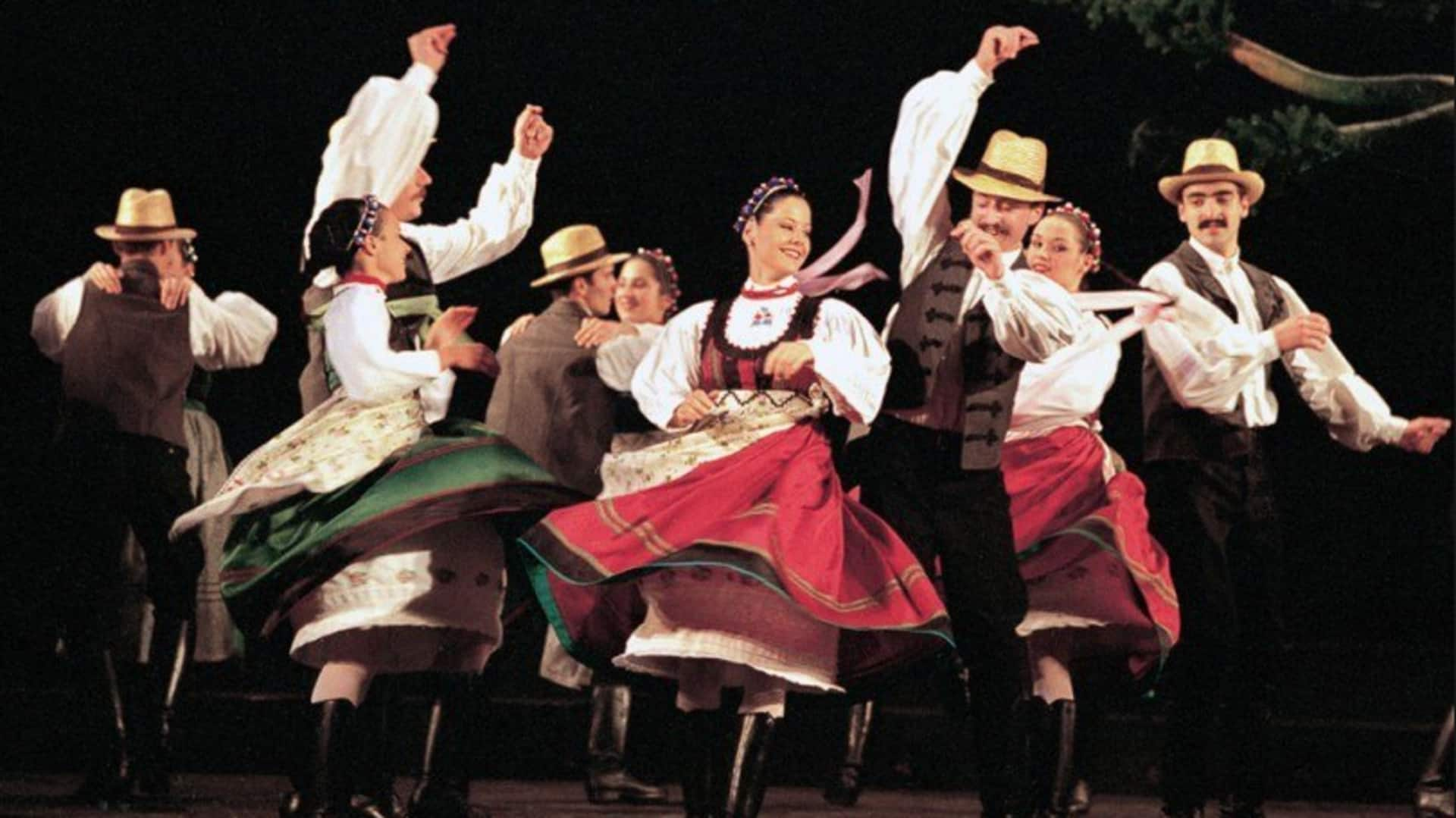
A look at Hungary's unique dance traditions
What's the story
Hungary's folk dance traditions are a colorful part of its cultural heritage, showcasing the country's history and regional diversity. Handed down through generations, these dances have preserved the unique rhythms and movements that define them. From lively group performances to intricate solo displays, Hungarian folk dances give a glimpse into the nation's past even as they continue to evolve in modern times. Here are some key aspects of these enduring traditions.
Csárdás
The Csardas dance
One of Hungary's most famous folk dances, the Csárdás is known for its fast-paced tempo and energetic movements. Dating back to the 19th century, the dance is usually performed by couples who spin around and leap off the ground. The dance starts off slowly but builds up to a rapid climax, both skillfully and stamina-wise. It's still popular at festivals and celebrations across Hungary.
Regional styles
Influence of regional variations
Hungarian folk dances change drastically from one place to another, with each having its own unique style and music. Like, Transylvania region features complex footwork and improvisational elements, while Great Plain features more simple steps with lively tunes. These regional variations make Hungarian culture all the more rich.
Community bonding
Role in community life
Folk dances occupy an integral part of life in communities across Hungary. They are commonly performed at weddings, harvest festivals, and other social get-togethers where they act as a medium to unite people. Taking part in these dances not only gives people a sense of belongingness amongst fellow community members, but also allows them to express their culture.
Cultural preservation
Preservation efforts today
Efforts to preserve Hungary's folk dance traditions are also underway, with enthusiasts doing their best to keep these practices alive for generations to come. Dance schools across the country also offer classes teaching traditional techniques alongside modern interpretations. Further, national competitions also provide platforms for dancers to showcase their skills while raising awareness about this vital aspect of Hungarian culture.